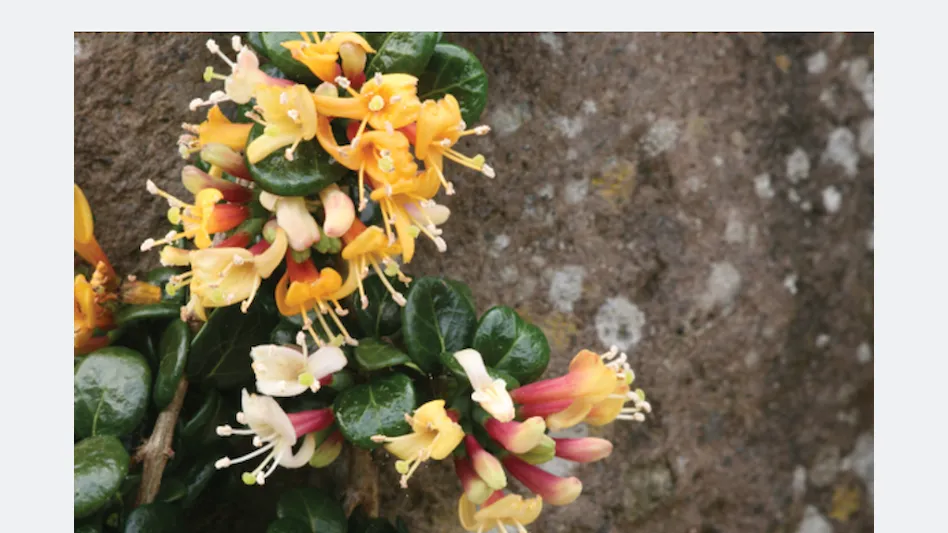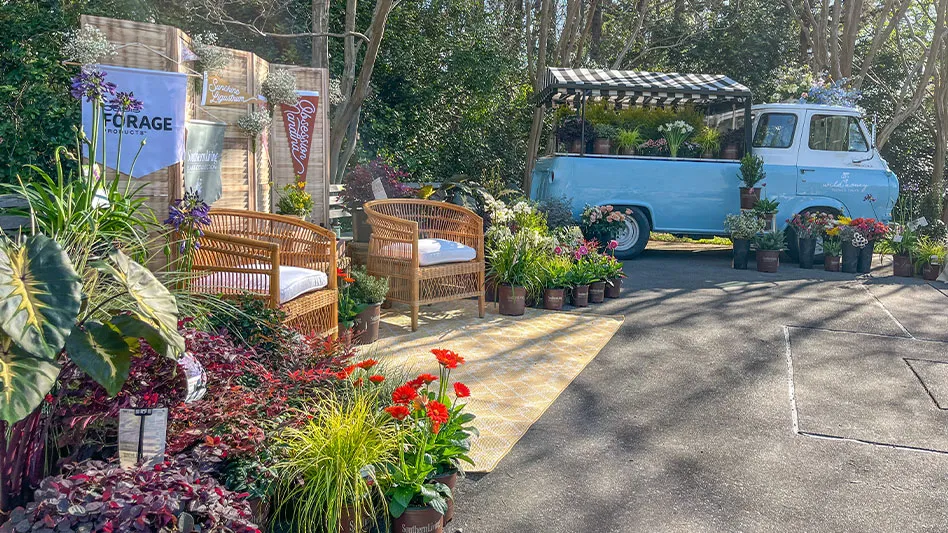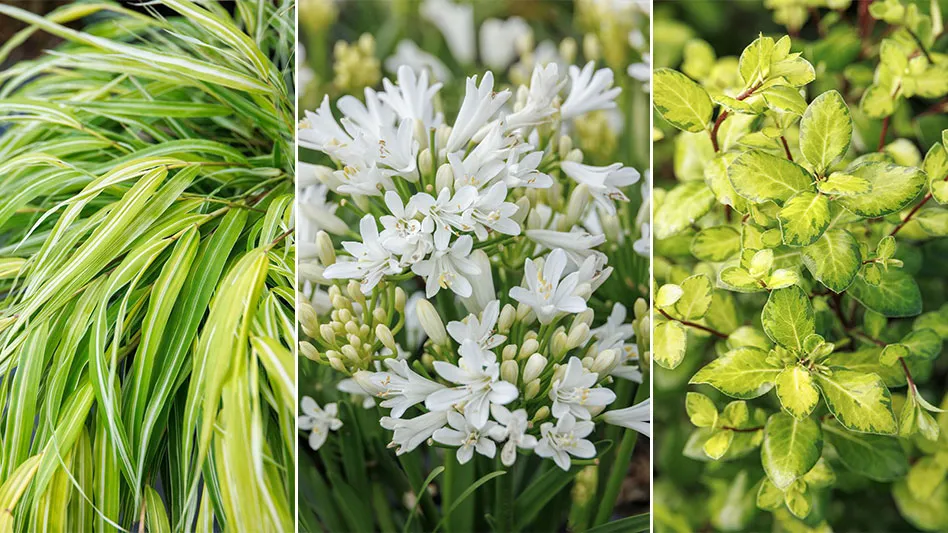

My first introduction to Lonicera crassifolia was several years ago at the Elisabeth C. Miller Botanical Garden in Shoreline, Wash. I had been invited to tour the garden by Richie Steffen, the executive director of the Miller Garden. It was a lovely day in early June, and I was introduced to a plethora of wonderful plants I’d never seen before. There was a lovely vine growing in a pot that I couldn’t name, which Richie identified as Lonicera crassifolia, or creeping honeysuckle. It was in bloom at the time, covered with beautiful yellow-orange flowers that emerge from white buds. Of course, the first thing I did was to put my nose down and take a big whiff and was a little disappointed that the plant didn’t have the same fragrance of some of its cousins of the same genera. My disappointment was brief as I simply enjoyed its fabulous trailing form and dainty flowers. Even the close-up details of the slightly ovate, dime-sized leaves are beautiful, being quite fleshy, almost leathery and covered with small dark hairs.
I have since seen L. crassifolia at several other gardens and in a few specialty nurseries around the country. One of the gardens, the Rhododendron Species Botanical Garden in Federal Way, Wash., has a large planting covering some 300 square feet. It’s fitting that it is planted here, because Steve Hootman, the executive director of the garden was the person who first collected L. crassifolia. I spoke with Steve about the plant and he told me about its discovery.
“This was the first introduction of this species into cultivation. It was September of 1995 and it was collected in south Sichuan, China, in a Karst mountain range called the Jinping Shan at 2,300 meters in a deep, bouldery ravine in deep shade near a stream. It was growing with a rich assortment of other interesting plants including Asarum cardiophyllum, Primula moupinense, lots of species of Rhododendron, Ribes davidii, numerous ferns and Berneuxi thibetica. When I first saw it, I thought I had found a Chinese version of the East Coast native Mitchella repens which was a long-time favorite of mine. It seems very adaptable in cultivation and I know folks are growing it even in Michigan, so it seems quite hardy. Probably best in light shade with some summer moisture and will even slowly climb a tree if it gets a hold on the bark.”
I agree with Steve’s assessment that this is a great plant for most regions in the U.S. It makes a great groundcover and is absolutely charming in a container or hanging basket.
Why grow Lonicera crassifolia?
- It’s a beautiful evergreen groundcover, reaching a height of 3-4 inches.
- It has dainty tubular flowers in late spring, showing colors of rose-pink, light orange and white.
- It works well as a container plant and in hanging baskets.
- It’s attractive to bees and other pollinators.

Explore the May 2019 Issue
Check out more from this issue and find you next story to read.
Latest from Nursery Management
- CIOPORA appoints Micaela Filippo as vice secretary-general
- Registration opens for Darwin Perennials Day
- April 2024 issue recap
- U.S. Department of Labor finalizes farmworker protection rule
- Azo Root is now available from Harrell’s
- Smith Gardens assumes operations of Skagit Horticulture
- Garden Media Group announces the fifth annual Women in Horticulture Week
- Eason Horticultural Resources announces the addition of Phil Perry





